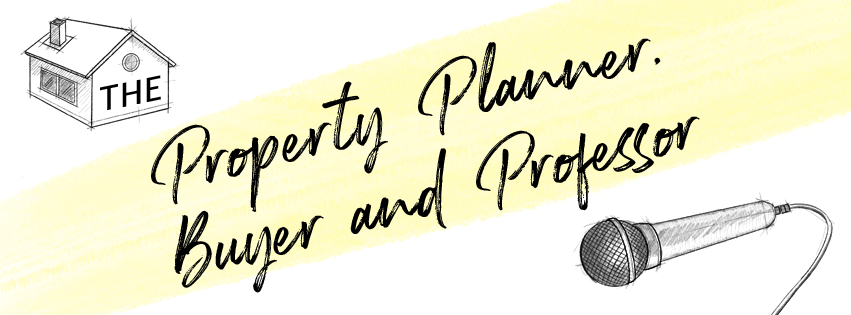
Listen and subscribe
 Android
Android 
In this week’s episode, Dave, Cate and Pete take you through their 2023 predictions, but they also review their 2022 forecasts. Tune in to find out…
Gold Nuggets
Resources
#137: Predictions for 2022 and a look in the rear-view mirror at 2021
#155: Plotting Australian property market movements from 1970 to now – the impacts of recessions, inflation, financial deregulation, population growth, unemployment rates and analysing what could disrupt the drivers of price increases?
#163: Predictions for 2022 revisited – Which predictions are on track, where we went wrong, revised expectations & forecasts. Half yearly report on capital cities, regional locations, the top performers & what do we expect in the back half of the year
#164: Analysing regional locations – What investment principles can be gleaned from the highest performing regions in each state? Comparing capital city vs regional performance from 2003 – before and after covid
#169: Houses vs units – Capital growth performance in capital cities and regions over the last 20 years and which locations have units outperformed houses and why?
Federal – Help To Buy – shared equity scheme (to be legislated – commencing July 2023)
The government helps Australians purchase a home by contributing up to 40% of the property price for a new home and up to 30% for an existing one.
Participants need just a 2% deposit and do not have to pay Lenders Mortgage Insurance.
They also do not have to pay rent on the portion of the home the government owns and they can buy out the government’s share when they are able.
The scheme is designed to help with the longstanding affordability crisis. There would be 10,000 places available for eligible Australians each year.
VIC – Home Buyer Fund – shared equity scheme (announcement 24 Oct 22)
The Andrews Labor Government is super-sizing the popular Victorian Homebuyer Fund – committing $1.1 billion to triple the size of available support and help thousands more Victorians realise their dream of owning a home.
The new funding will add to the $500 million existing investment in the shared equity scheme that makes home ownership more achievable for many Victorians. So far, the fund has helped more than 2,000 Victorians buy a home with an additional 1,000 applicants approved to start house-hunting knowing they have a secure funding partner.
Through the shared equity scheme, eligible participants require only a five per cent deposit and the Victorian Government provides up to 25 per cent of the purchase price of the home – reducing the size of participants’ mortgage repayments and also saving lenders mortgage insurance.
Participating homeowners can buy out the Government’s share at market value over time, with payments reinvested to help other aspiring homebuyers get into the property market. The scheme is open to homes valued below $950,000 in Melbourne and Geelong, and $600,000 in regional Victoria.
The new investment will open the door to home ownership to a further 7,000 people, taking the total to 10,000.
NSW – Shared equity Home Buyer Helper
Commencing 23 Jan 2023
The NSW Government will contribute a proportion of the purchase price of a property in exchange for an equivalent interest in the property.
The contribution is a percentage of the purchase price and the maximum amount is determined by whether it is a new or existing home.
- New home – up to 40%
- Existing home – up to 30%
As long as a participant remains eligible for the initiative, no repayments are required, and no rent or interest will be charged. Participants can also make voluntary payments to progressively increase their ownership share in the property.




